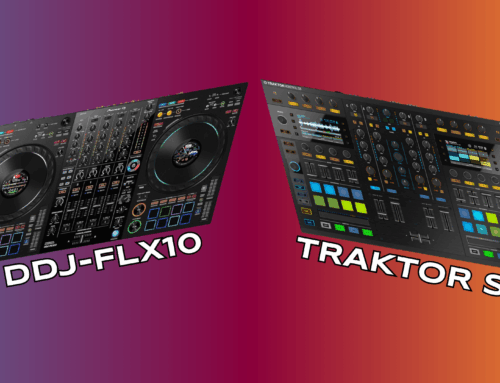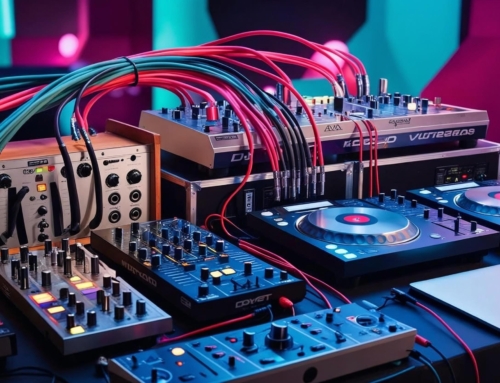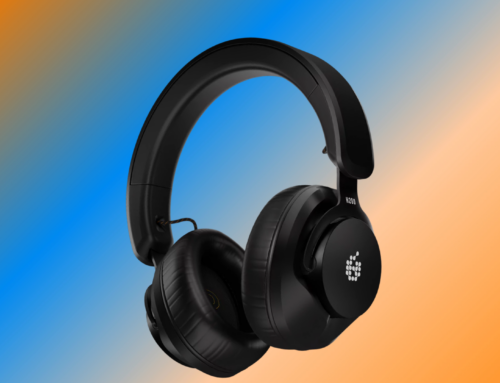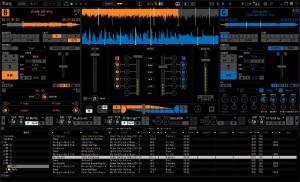 “They’ve certainly stepped up their game,” said me to myself when I started to pick through Avid’s recently released Torq 2.0 software. If you’ve worked with Torq 1.5, well, you’ve probably already made the switch, but for those of you who haven’t, it’s a no-brainer. That’s not to say those of you die-hard Serato, Traktor, VDJ kids shouldn’t keep reading, though. This interface definitely gives the other players a run for their money. It’s not perfect. But for the boys at Avid, it’s certainly something to be proud of.
“They’ve certainly stepped up their game,” said me to myself when I started to pick through Avid’s recently released Torq 2.0 software. If you’ve worked with Torq 1.5, well, you’ve probably already made the switch, but for those of you who haven’t, it’s a no-brainer. That’s not to say those of you die-hard Serato, Traktor, VDJ kids shouldn’t keep reading, though. This interface definitely gives the other players a run for their money. It’s not perfect. But for the boys at Avid, it’s certainly something to be proud of.
Check it out
The interface is totally redesigned. At first glance, it looks super space-age and like what a DJ who calls himself TRON might use. There are some really neat customizable features, including the ability to switch skins and/or build your own, if you’re into that sort of thing. Same as in VDJ, though Torq also allows you to pick and choose what you have in front of you on-screen. Hide the mixer, show only waveforms, only four decks, etc. This is nice.
The waveforms themselves have a little catching up to do. Not necessarily in terms of latency (if you read the manual and properly configured your vinyl, but more so in terms of resolution. Oftentimes in my own setup, I use a projector as a second monitor and mix that way live. On a larger screen, the lower resolution waveforms are noticeable. It’s picky. And it’ll probably come with the next update. But for now, it’s something to note. That and Torq hasn’t implemented the multi-color waveforms we’ve all grown accustom to yet, either. But again, I’m sure it’s only a matter of time. Especially if they’re reading this.
For the 1.5ers out there, other major improvements (though obvious to the rest of us) include iTunes integration, crates (though no “smart” crates, as far as I can tell), and – drumroll – no more proprietary hardware! Huzzah! That’s right. I will say the interface is really easily mappable on pretty much any controller; even down to a single-platter-style piece, the software makes it easy to jump between decks–more intuitively than in VDJ. That said, it’s probably necessary to acknowledge the buzz over whether Torq actually works seamlessly with Serato / Traktor timecode hardware.
Here’s the deal
Torq works with both. The setup and configuration are not the same as in Serato or Traktor and this is because Torq is not Serato or Traktor. You outspokenly frustrated folks out there claiming Torq can’t keep up with timecode vinyl scratching have forgotten something that’ll come in handy with most things in life: to get the full experience, read the manual to understand how the thing is meant to be used. There is a correct way to calibrate your vinyl in Torq. And it’s a little different than you might think. It takes an extra step or two, but to fully experience what the software has to offer, I suggest you make the time. Use the Absolute Rotation Angle and tweak ’til your heart’s content. Don’t settle for latency. The software works, if you play by its rules. Gnaw’mean?
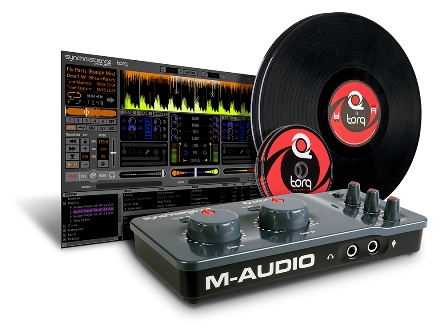
The way I see it
Whenever a new piece of hardware, or particularly a new software interface like this hits the market, we DJs scout out reviews to learn more about them. I anticipate most articles I read will provide me with a glimpse at the reasons I might be inclined to scrap my current setup in favor of this new one. But I rarely find myself jumping out of my chair, grabbing my keys and overcoat and heading to the Internet, credit-card in hand with overhaulin’ tunnel-vision . It’s hard to break away from what’s comfortable, particularly when a large part of our practice as DJs is to develop a system that best suits our individual needs. For most this takes years. A new software might actually be better for you, but unless you take the time to give it a run for the money and give yourself a chance to get comfortable with it, to the extent that playing with its features and flowing on it live feels intuitive, you’ll never know.
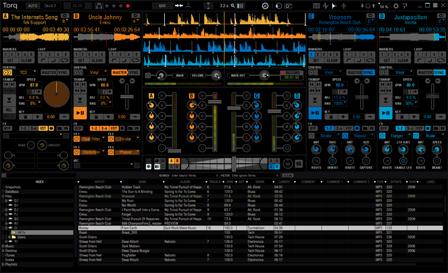
Why if you try it, you might like it
Torq’s creators boast its TraqMorph Crossfading Technology as its major industry advancement. The software has been designed to allow the DJ to apply effects to the crossfader itself. Choose Cut to apply a “smart chop” to your mix. As you fade from one track to the next, Torq intelligently cuts both tracks as it deems appropriate. Use Frequency to apply a high-pass filter to one track as you fade into another with a low-pass applied. There is a Duck option as well, but the Morph is really what makes this technology something special. Morph analyzes both tracks, extracting the most compatible rhythms from each. It then accentuates those rhythms as you transition to your next track. Without an extra pair of hands, this is simply something that would require expert maneuvers. So it’s great for less experienced mixers who need a little help getting through the tough spots in that crate, but it’s also surprisingly useful for blazing through a playlist quickly to listen for compatibility if you’re strapped for time before your soundcheck.
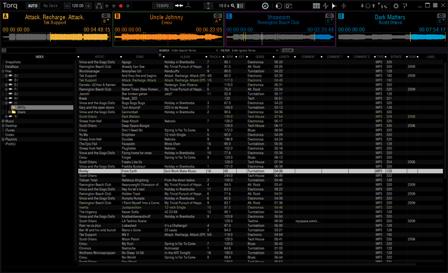
Other great features
The Automaster option analyzes all tracks in play mode and designates one of them as Master, making the rest slaves and syncing accordingly.
The sampler bank holds up to 18 tracks and easily allows you to set to loop or not, and also allows you to drop any one sample onto one of your tables for on-the-fly scratching.
Triplet Mode helps in the ongoing battle to sync those triple-rhythm jams.
The effects processor gives you a solid bank to choose from out of the box and also works with all your fancy VSTs. Torq lets you chain effects and save them as presets for given tracks. A little something to alleviate the headache of having to do it live every time.
And finally, it’s extremely easy to use with ReWire. No messing with extra software, plugins, drivers, etc, to make your mix extra super spicy with MIDI-synced Ableton-integration in no time.
Why you might be inclined to wait it out
- No video support.
- Not the best standalone interface. Wacky keyboard commands. Difficult to use without hardware, IMHO.
- No VST support for Crossfader FX.
- Low-Res Waveform. No multi-color.
- 30-day trial doesn’t save track analyses or cue points.

